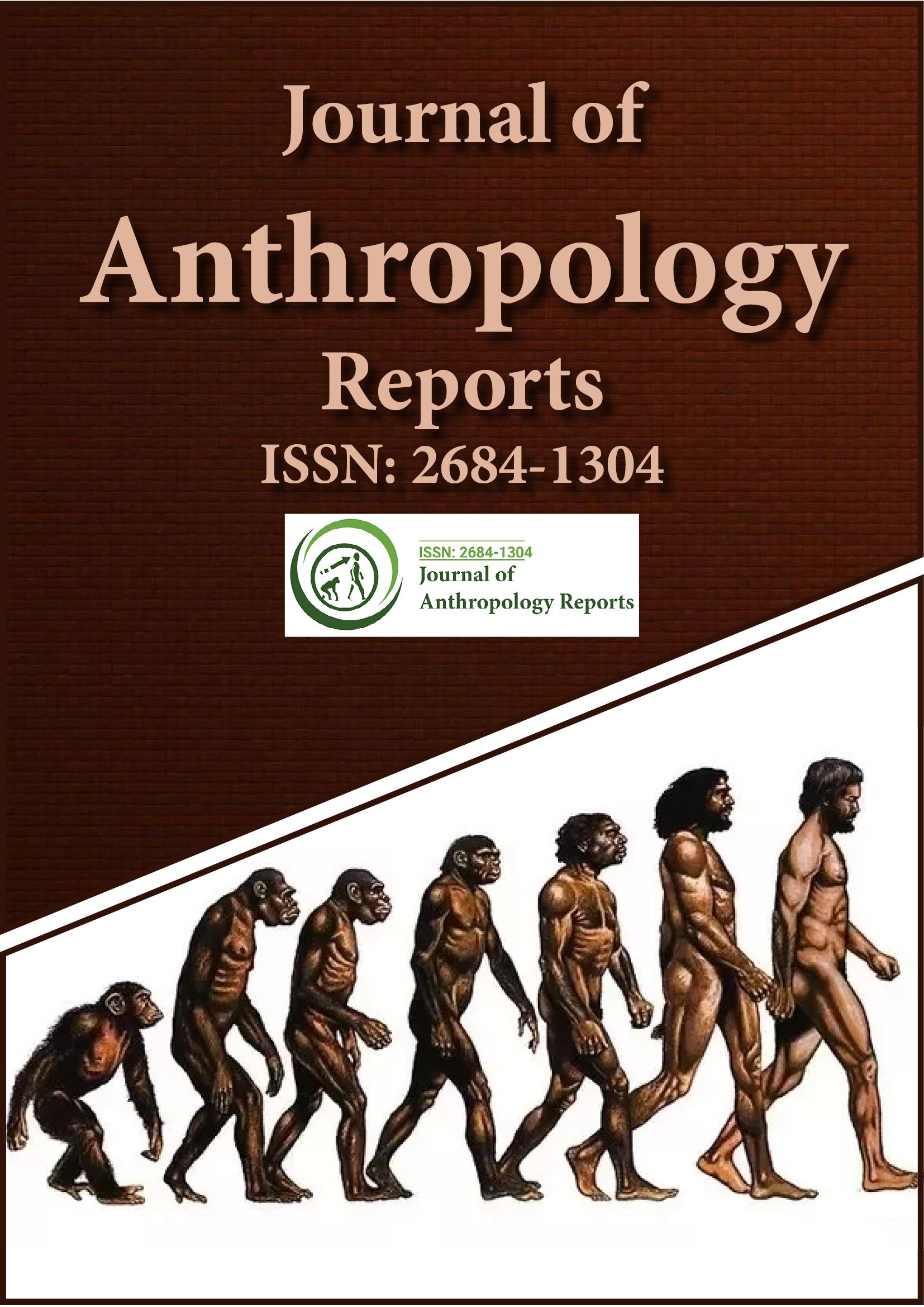Indiziert in
- RefSeek
- Hamdard-Universität
- EBSCO AZ
Nützliche Links
Teile diese Seite
Zeitschriftenflyer

Open-Access-Zeitschriften
- Allgemeine Wissenschaft
- Biochemie
- Bioinformatik und Systembiologie
- Chemie
- Genetik und Molekularbiologie
- Immunologie und Mikrobiologie
- Klinische Wissenschaften
- Krankenpflege und Gesundheitsfürsorge
- Landwirtschaft und Aquakultur
- Lebensmittel & Ernährung
- Maschinenbau
- Materialwissenschaften
- Medizinische Wissenschaften
- Neurowissenschaften und Psychologie
- Pharmazeutische Wissenschaften
- Umweltwissenschaften
- Veterinärwissenschaften
- Wirtschaft & Management
Abstrakt
The influence of tissue resistance on experimental applications of skeletal trauma: An analysis of sharp force injuries caused by serrated knives
Amanda Feldman
Despite the abundance of validation studies in the sharp force literature, there is a lack of research examining the effects of tissue resistance on stab wounds. In this study, experimental knife trauma using a drop device was used to identify the characteristics of tool marks on clothed and unclothed skeletal remains. Five clothing fabrics [drill, satin, cotton, polyester, and cotton blanket] and two knives [serrated and serrated] were used to leave 180 cut marks on pig ribs. The cut marks were crushed in a cleaning solution and measured by evaluating the cuts using cut property measurements. Multivariate testing showed that clothed specimens had fewer striations and wall protrusions, cut width and cut depth, and altered cut shape [p < 0.05]. This study found that fabric variables altered cut properties and produced distinguishable marks on unclothed and clothed remains. The results showed that wavy knives produced U-shaped cross-sections more frequently because the blade skips and gets caught on the fabric. Conventional light microscopy proved to be an effective method for examining features that are not macroscopically visible.